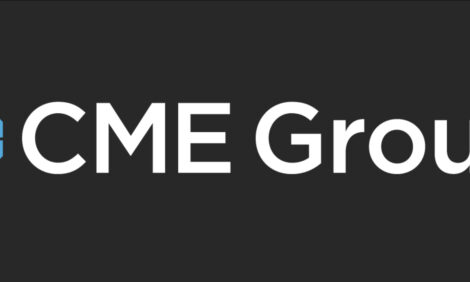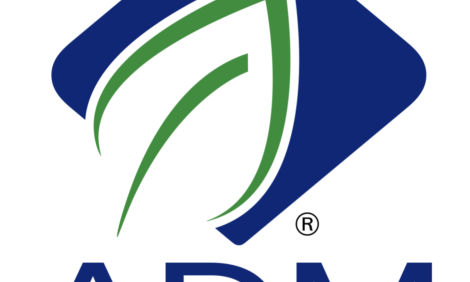



CME: Sale of Smithfield Foods to Shuanghui Will Not be Blocked
US - The United States’ Committee on Foreign Investment in the US (CFIUS) announced on Friday that it will not block the sale of Smithfield Foods to Shuanghui International, write Steve Meyer and Len Steiner.This was, to our knowledge, the final regulatory hurdle for the sale since it the Department of Justice did not take any action on antitrust grounds before the July 12 expiration of it normal review period. The final hurdle will be a vote of shareholders scheduled for September 24. An additional issues could be the challenge to the sale by Starboard Value, a New York fund that holds a 5.7% stake. Starboard reported last week that it is actively working with and has statements of interest from parties that will buy separate parts of Smithfield for “substantially” more than the
$4.7 billion Shuanghui has agreed to pay. We will see if that comes together in time to dissuade a majority of shares from voting in favor of the sale.
CFIUS’s announcement was met with the normal pooh-pooh choruses from politicians that either cannot or do not want to understand the issues. One would think United States Senators and Representatives — and especially those from agricultural states — would understand our food system well enough to realize that this sale poses no food safety risks to U.S. consumers and that America’s farmers are capable of producing plenty of food for the United States as long as regulators don’t stand in their way! We are reminded of Abraham Lincoln’s wise admonition: “Better to remain silent and be thought a fool than to speak out and remove all doubt.” Of course, some readers no doubt think we ignore Lincoln’s wisdom from time to time, too.
Federally-inspected (FI) hog slaughter plunged last week to below two million head for the first time in six weeks. While lower slaughter was fully expected due to the Labor Day holiday, the 4.7% year-on-year drop was larger than virtually anyone foresaw.
Weekly FI slaughter is shown in the chart at top right (see full report) which also includes our weekly slaughter forecasts based on the June Hogs and Pigs report inventories. Note that until last week, our weekly forecasts had been pretty accurate with the actual –predicted deviations totaling less than 0.06% since June 1. Last week’s shortfall versus expectations will not change that cumulative figure much but it does raise the question of just how far under last year’s figures these weekly runs might be over the next 3-4 weeks. Note that we have them down sharply primarily due to the unusual surge of hogs last year at this time when producers were trying to get hogs off feed and reduce market weights. In retrospect our forecast for last week’s slaughter to be about even with one year ago looks odd but 1.97 million head is still a surprisingly low total — the first sub-2 million total for Labor Day week since 2010.
The short supply of pigs last week pushed hogs counter seasonally higher with the Iowa-Southern Minnesota direct price gaining $2/cwt carcass for the week (see our weekly Prices and Production table on the full report) and the national afternoon weighted average price gaining $2.51/cwt carcass to reach $89.03. Note that both of the prices discussed here are BASE prices meaning producers will net, on average, $2-$3/cwt. carcass more, on average, after carcass leanness premiums are added in.
The net prices of $92 or so implied by last week’s base prices are still not higher than our forecast average Iowa farrow-to-finish cost for September — but they are close, implying that the modeled producer will just about break even this month. That would come after profits of roughly $10 per head in June and $11 per head in July. Those were producers’ first profitable months since July 2012. Always remember that this model is for average producers. We believe the best producers will be $5/cwt. ($10 per hd.) or so lower on cost of production and thus $10/hd. or so better in terms of profits.
This week’s Lean Hogs futures rally has taken the three front contracts (October, December and February (shown below)) to three straight contract life highs. A stronger-than-expected cash market is certainly a factor in the rally but so might some long-overdue realization that porcine epidemic diarrhea virus could have a negative and perhaps significant impact on hog prices come late December and the new year.
Further Reading
You can view the full report by clicking here.
Read our previous story on this news by clicking here.







